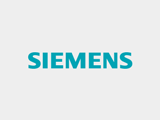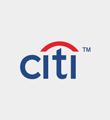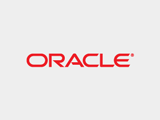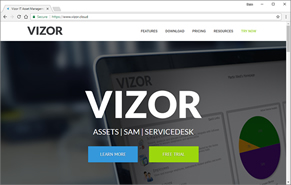You are here :
- Home
- Technical Information
- Software Asset Management and ISO 19770-1 Overview
Software License Compliance and Software Asset Management
Software Asset Management and Software License Compliance are often confused in many organizations, with neither given adequate attention.
Accurate software asset identification, which is vital to both overall SAM and compliance, is such a challenge that it acts as a disincentive to effort. Further, many of the software inventory tools in the market today are only partially successful with software identification reporting – application suites being a particular problem.
As a result, many organizations simply accept the risks of non-compliance on the one hand and the costs of over-provisioning on the other. A lack of understanding of the laws surrounding copyright frequently put organizations’ reputations at risk, and in some instances cost a lot of money when court action is taken by the BSA, an organization that pursues non-compliant organizations on behalf of their software vendor members.
The recent upsurge in interest in corporate governance, including the SOX requirement to properly value an organization’s assets, has begun to filter down to IT. Included here is the need to quantify the value of software owned by the organization. In turn, this creates an environment in which the whole management of software assets becomes more significant.
The positives behind establishing SAM procedures are clear to anyone who looks for them. Leading arguments include:
- Better overall organizational processes
- Minimized over-licensing and elimination of under-licensing
- The potential to actually optimize software assets in line with business needs
- Mitigation of financial and legal risks
- Increased awareness for standardized IT environment and processes
- Knowledge on how to handle software and licenses during mergers, de-mergers and acquisitions
Why Software Asset Management (SAM) needed ISO 19770-1
Having recognized some or all of these benefits, personal champions of the SAM cause drove a few organizations to become more pro-active and to begin to evolve their own SAM policies and processes. But, unlike other areas of IT such as Change Management which received massive focus through ITIL, there was no ëHow Toí for managing software assets. Talking with attendees at events such as the annual conference of the International Association of IT Asset Managers, or a Budd Larner seminar on negotiating software contracts, confirms that organizations by and large make up their SAM policies as they go.
ISO19770-1 fits into this gap. In a seven year process starting in 1997, various groups worked on drafts for ISO 19770-1 leading to its eventual publication in 2006. Interested parties included ITIL, the UK Federation Against Software Theft (FAST), and the JTC1/SC7 ISO/IEC Joint Technical Committee Sub-Committee 7 on Software and Systems Engineering.
Next page: Software License Compliance and ISO 19770-1 Processes »













